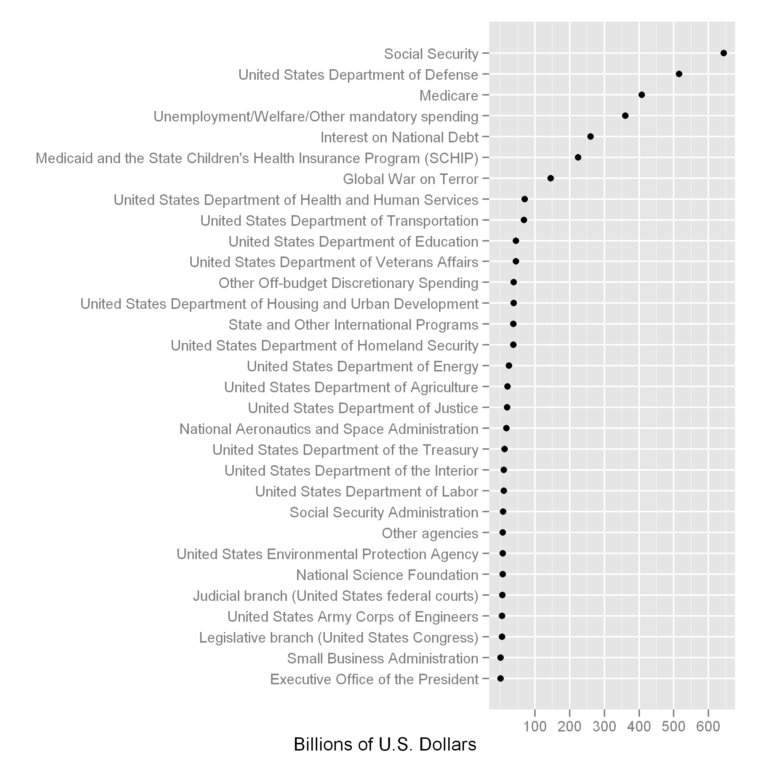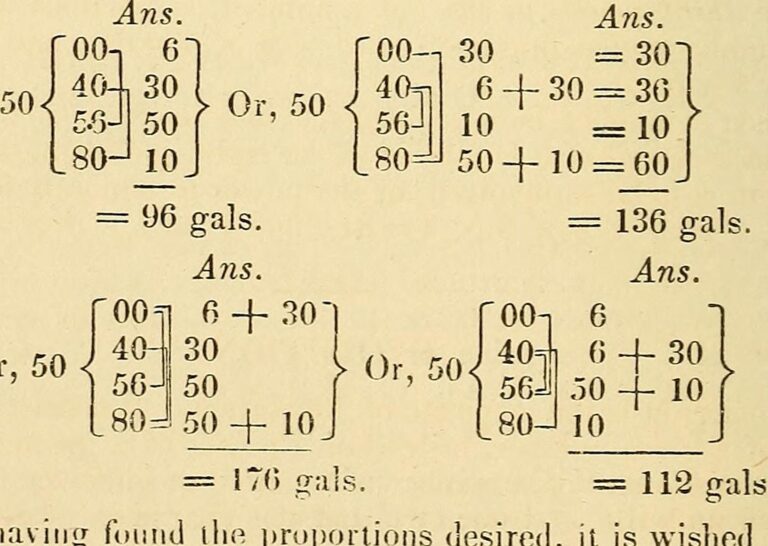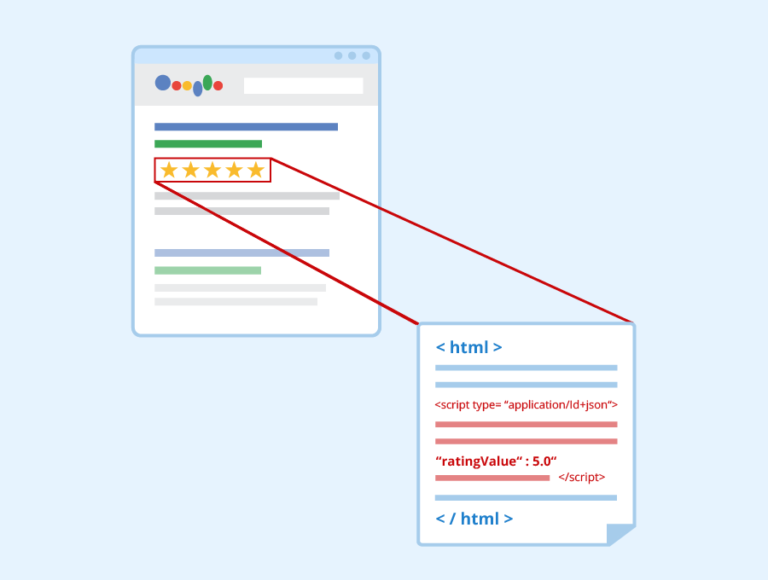Python Python, often associated with Monty Python and the Holy Grail, is a versatile and powerful programming language used in various domains. In this blog, …
Type of Economy
In a market economy, also known as a free market or capitalism, the majority of economic decisions are made by individuals and private businesses. Prices are determined by supply and demand, and the forces of competition drive the allocation of resources. The government’s role is generally limited to providing a legal framework and ensuring fair competition.
Naïve forecast
A Naïve forecast is a simple time series forecasting method where the prediction for the next time period is equal to the value of the previous time period. In other words, it assumes that there will be no change in the future values and the forecast is based on the most recent observed value. Naïve forecasting can be useful as a benchmark for more complex forecasting methods and can be used as a baseline to evaluate their performance.
Spatial Data
Spatial data refers to information that describes a location on the Earth’s surface, such as geographical, geometrical, and topographical information. This type of data can be represented in various forms, such as points, lines, polyglines, polyggon, and raster data. Spatial data is commonly used in various fields such as GIS (Geographical Information Systems), cartography, remote sensing, and navigation.
Temporal Data
Temporal data refers to data that is associated with a specific point in time or a time interval. This type of data is often used to record events or changes that occur over time, such as financial transactions, weather measurements, or human activities. Temporal data is crucial in various fields such as finance, meteorology, and social sciences. The analysis of temporal data can help to uncover trends, patterns, and relationships between variables over time, and is often used to make predictions or decisions based on historical data.
Categorical Data
Categorical data is a type of data that can be divided into categories or groups. It represents characteristics such as color, size, or brand, and each category can have a limited and fixed number of possible values. Categorical data is usually stored as text, but can also be represented as numerical values if each number represents a unique category. Examples of categorical data include gender, educational level, and marital status.
Numerical Data
Numerical data refers to information that is expressed in numbers or quantifiable values, such as ages, weights, heights, temperatures, counts, or monetary amounts. This type of data can be processed and analyzed using mathematical and statistical techniques, and is used to support decisions and drive insights in various fields, such as finance, marketing, and science. Numerical data can be either continuous, meaning that it can take any value within a range, or discrete, meaning that it is limited to a specific set of values.
Unstructured Data
Unstructured data refers to data that doesn’t have a pre-defined data model or doesn’t fit neatly into a relational database or other structured data format. Examples of unstructured data include text documents, images, audio, and video files. This type of data is often more difficult to manage and analyze because it lacks the structure of structured data, but can still contain valuable information that can be useful for a wide range of purposes.
Structured Data
Structured data refers to data that is organized into a specific format, such as tables, spreadsheets, or databases. This type of data has a defined format and structure, and it is easy to search, sort, and analyze. Structured data is often stored in relational databases or other structured data repositories, and it can be queried and analyzed using SQL (Structured Query Language) or other programming languages.
Data
Data refers to information that is recorded or stored. It can refer to anything from numbers and text to images and videos. Data is used to make informed decisions, support research and analysis, and provide insights into various aspects of the world.






